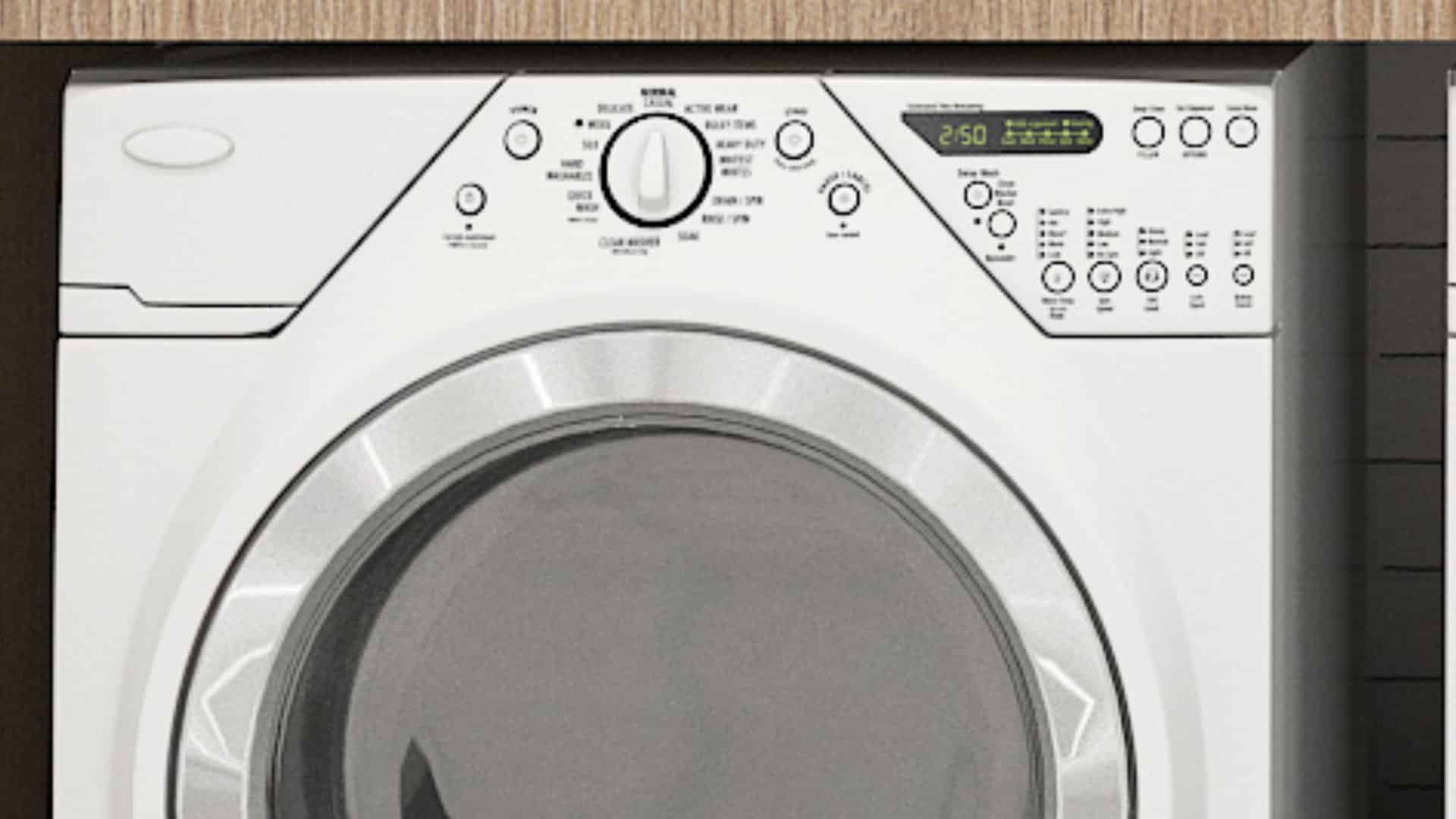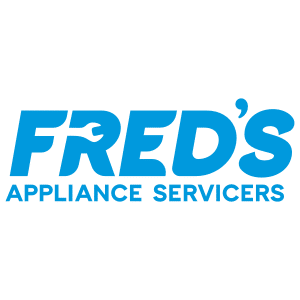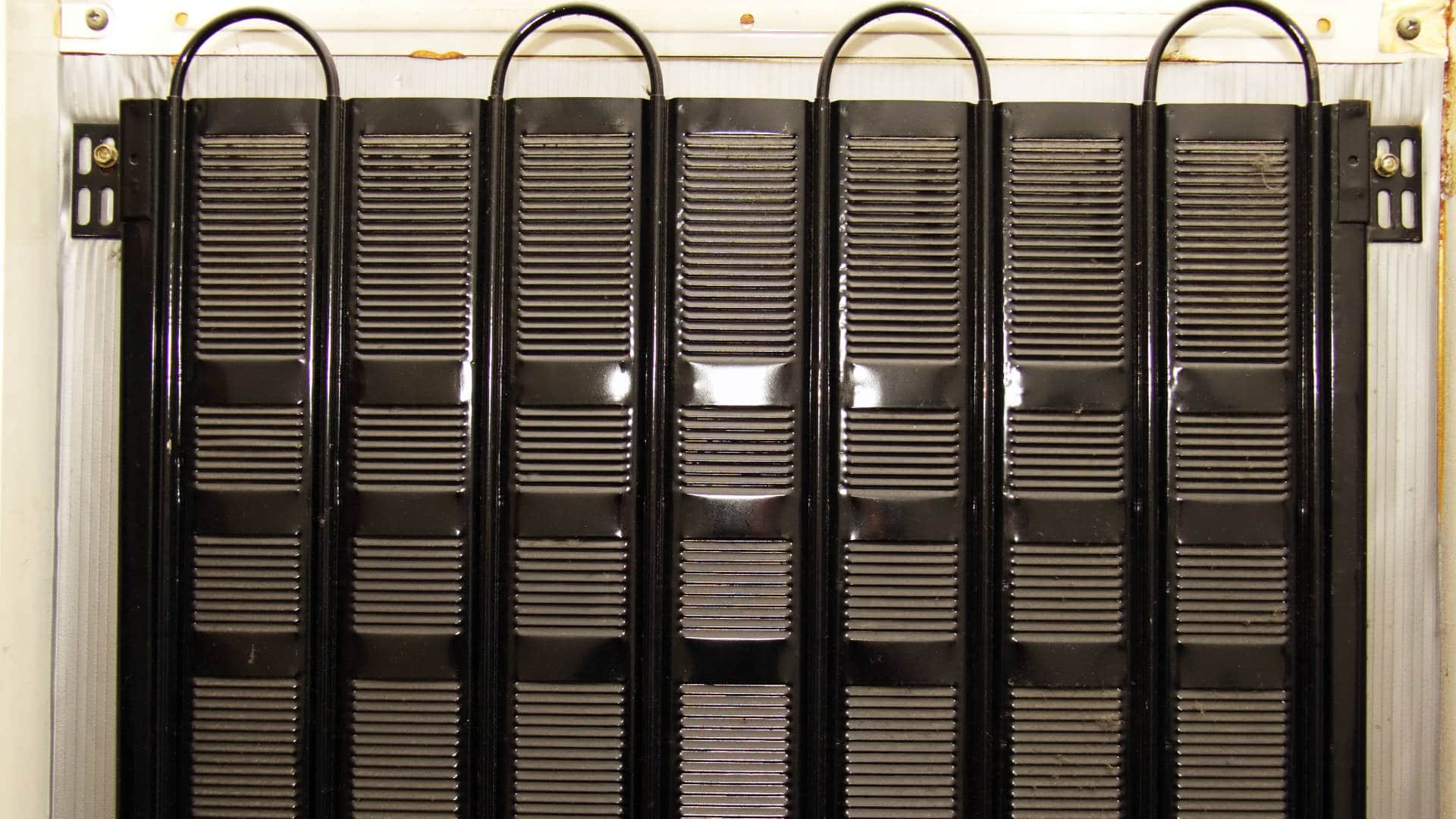
All appliances lose efficiency over time. Parts get old, slow, and wear down. However, not all that slowing down is permanent or requires a new part to fix. Your refrigerator, for example, is cooled by condenser coils, over which air is blown to cool the freezer and fridge. However, the cold coils are also damp which causes dust to collect over time. That dust eventually forms a blanket that coats the coils in thicker and thicker insulation.
Because air can’t reach the dusty coils, the air that cools your refrigerator grows warm. If your refrigerator is too warm and can’t get cold, it might not be broken. It might just need cleaning. Most people don’t know that you can clean your refrigerator coils, but it’s easier than it sounds.
Gather Your Supplies
Gather your supplies for both accessing and cleaning the condenser coils. Grab both types of screwdriver, a towel, and some surface cleaning solution. You will also want the vacuum with a hose and precision attachment. Get a soft-bristled brush. You can find them under several names or improvise with another type of soft brush available. Just be gentle with the coils.
You may want to wear a dust mask or a bandana over your nose and mouth, as this will be dusty work.
- Screwdriver
- Dust Mask or Bandana
- Soft-Bristled Brush
- Coil Brush
- Condenser Brush
- Refrigerator Brush
- Air Conditioner Brush
- Vacuum with a Hose Attachment
- Towel
- Surface Cleaner
Prepare Your Workspace
Start by getting your fridge and kitchen ready for the repair.
– Unplug the Refrigerator
The condenser coils are an electrical component and you will need to lightly disassemble the fridge to reach it. For this reason, you should unplug the fridge. Don’t worry about the food, this project should take no longer than 30 minutes. If your fridge is closed, everything will remain cold while you complete the work.
– Pull the Fridge Away from the Wall
In many models, the condenser coils are accessed through the back panel or open back of the fridge. Pull your fridge away from the wall to give yourself room to work.
– Don Your Dust Mask
Put on your dust mask before opening the condenser coil compartment. This will protect your nose, mouth, and lungs from the built up dust both in the air and that you are about to kick up with the cleaning.
Access the Refrigerator Coils
Find where your refrigerator coils are accessed. This can be in one of three places in a typical refrigerator model; the kickplate, the back panel, and the freezer.
– Behind the Kickplate Vent
Many refrigerators keep the condenser coils underneath the unit, accessed via the kickplate, toe-grate, or vent at the bottom of the fridge. Unclip the plastic latches around the edge and remove the kickplate to find the coils. You may also need to use your screwdriver to remove another metal panel guarding the inner refrigerator components.
Set the mounting screws aside somewhere safe so you can easily find them again.
– Behind the Back Panel or On the Back
The next most common place for your coils is around the back. Check the back of your refrigerator. If there is an enclosing panel, remove the mounting screws around the perimeter. Set those screws aside where you can find them and carefully lift the back plate away from the fridge. Prop the plate up nearby where it is safe and stable, or lay it across a workstation on a towel.
– Through the Freezer
If you have a vertical side-by-side fridge, there’s a chance your condenser is only accessible through the internal back panel of the freezer unit. To access, load all your freezer items into a cooler and remove the freezer shelves. Then use a 1/4″ nut driver to remove the back plastic panel of the freezer, you should see the coils on the other side. You may also need to remove the freezer vent unit.
Clean and Clear Condenser Coils
You should be looking at an oscilating rack, a single weaving tube pipe that goes up and down secured by radiating metal cross-bars. There may be several layers of this type of coil. Your coils may be barely recognizable underneath a heavy layer of dust. Once you have identified your coils, you can start cleaning them.
– Use Brush to Remove Dirt
Use a soft-bristled brush to remove the built-up layers of dust and dirt from your condenser coils. Coil brushes, the long evergreen-shaped brushes, are designed to help you reach into narrow spaces and clean out every groove. AC coil brushes often resemble paint brushes and can be used for finer work, like an archeologist’s brush.
– Use Vacuum Hose to Finish the Job
You can also use your vacuum with a precision or brush attachment to help clear away the dust. A vacuum is a miracle worker in a situation where you may have more than one tank or bag worth of dust to remove. Use your brush to break up the dust buildup and then the vacuum to clear up the scene. When the brush has done everything it can for the coils, use a vacuum attachment to finish the job.
Wipe Down Your Workspace
This has been dirty business and it’s always better to leave a workspace cleaner than you found it. Take a towel (or a few towels) and your vacuum to leave the back of your fridge as dust-free as possible.
– Vacuum Stray Dust
Use your vacuum attachments to clear up all the dust that has fallen or remains in other visible spaces near the coils. Clean up the floor, the components, and even give a quick swipe over the top of the fridge where layers of dust like to gather.
– Spray Surface Cleaner
Use a surface cleaner to clear away any old kitchen residue. Many items in a modern kitchen have a thin patina of once-airborne grease and other cooking molecules. Surface cleaner breaks down most of this and sanitizes the space.
– Wipe Remaining Dust with Towel
Use a towel to wipe down everything smooth enough to bead surface cleaner. Pick up excess dust, fine particles, and scrub any sticky spots you may have found behind the fridge.
Reassemble the Refrigerator
Finally, you’re ready to put your refrigerator back into use with much cleaner condenser coils.
– Plug the Fridge In
Reconnect the power to the refrigerator. You should soon hear it firing up the condenser and fans to begin recirculating cold air.
– Push the Fridge Back Into Place
Carefully push your fridge back toward the wall or into its nook in your kitchen.
Prepare to Reset Your Temperature Settings
The last step is to wait and monitor your fridge temperature. You may find that your fridge is suddenly much more capable of cold and that your settings may be up too high. Be prepared to turn down your fridge thermostat knob to a warmer setting that the fridge will achieve with much greater efficiency. Contact us for more home appliance tips and guides.

How to Fix the nF Error Code on a Samsung Washer

Kenmore Elite Dryer Issues: How To Troubleshoot
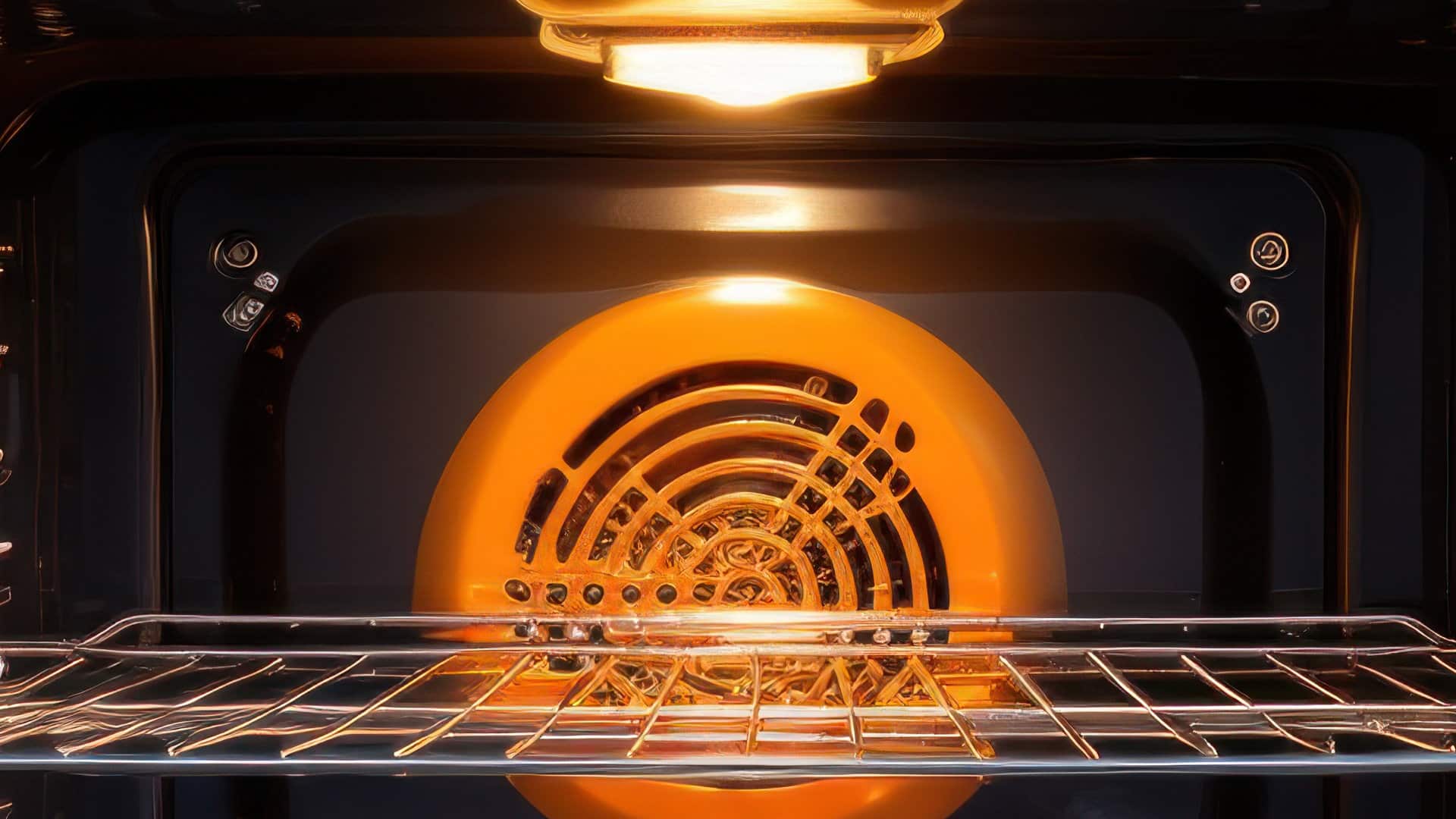
Microwave vs. Oven: Pros and Cons and How They Differ
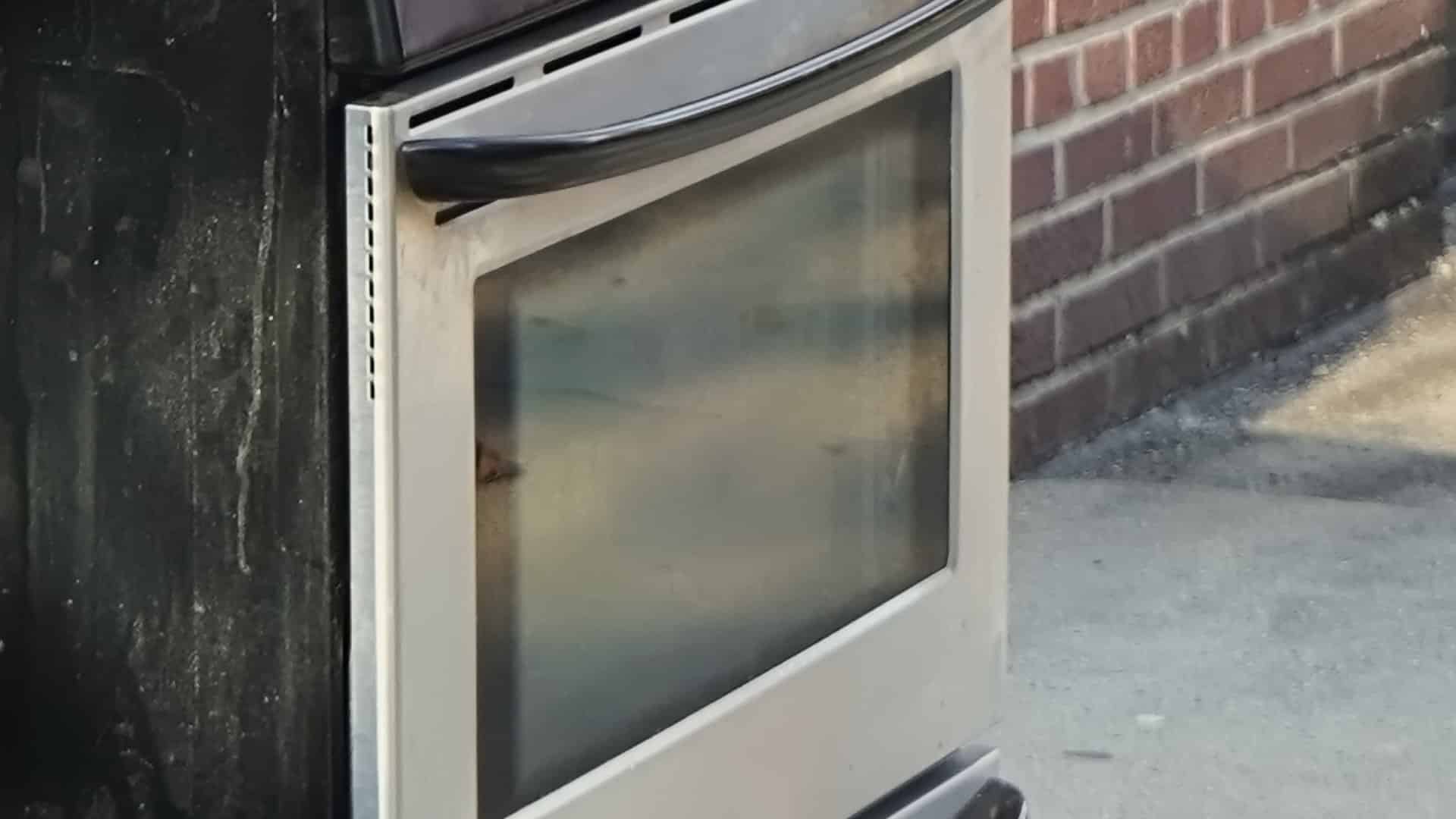
Self-Cleaning Oven Smell: Causes & Odor Reduction Tips
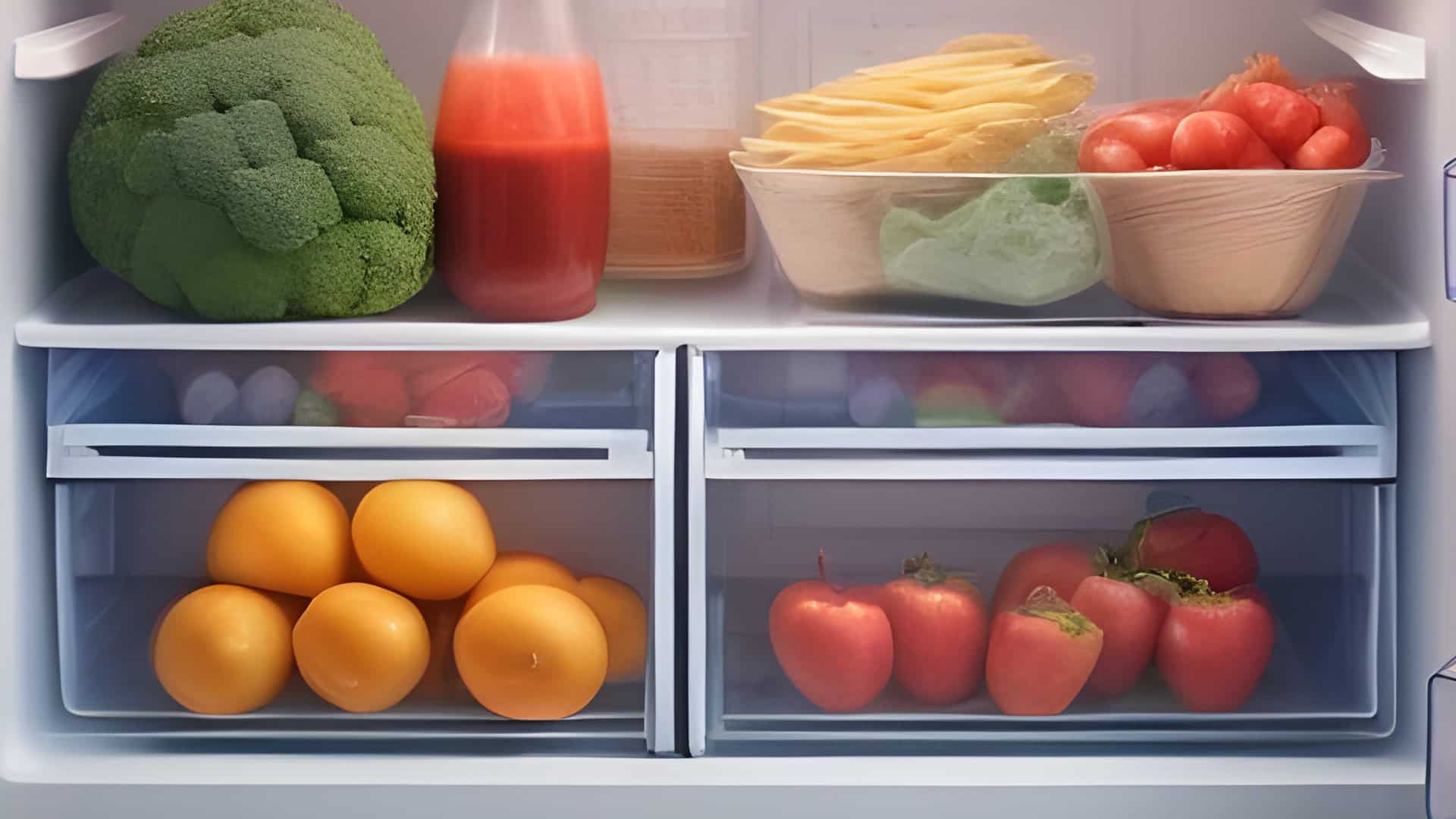
Frigidaire Ice Maker Not Working? 7 Ways to Fix It
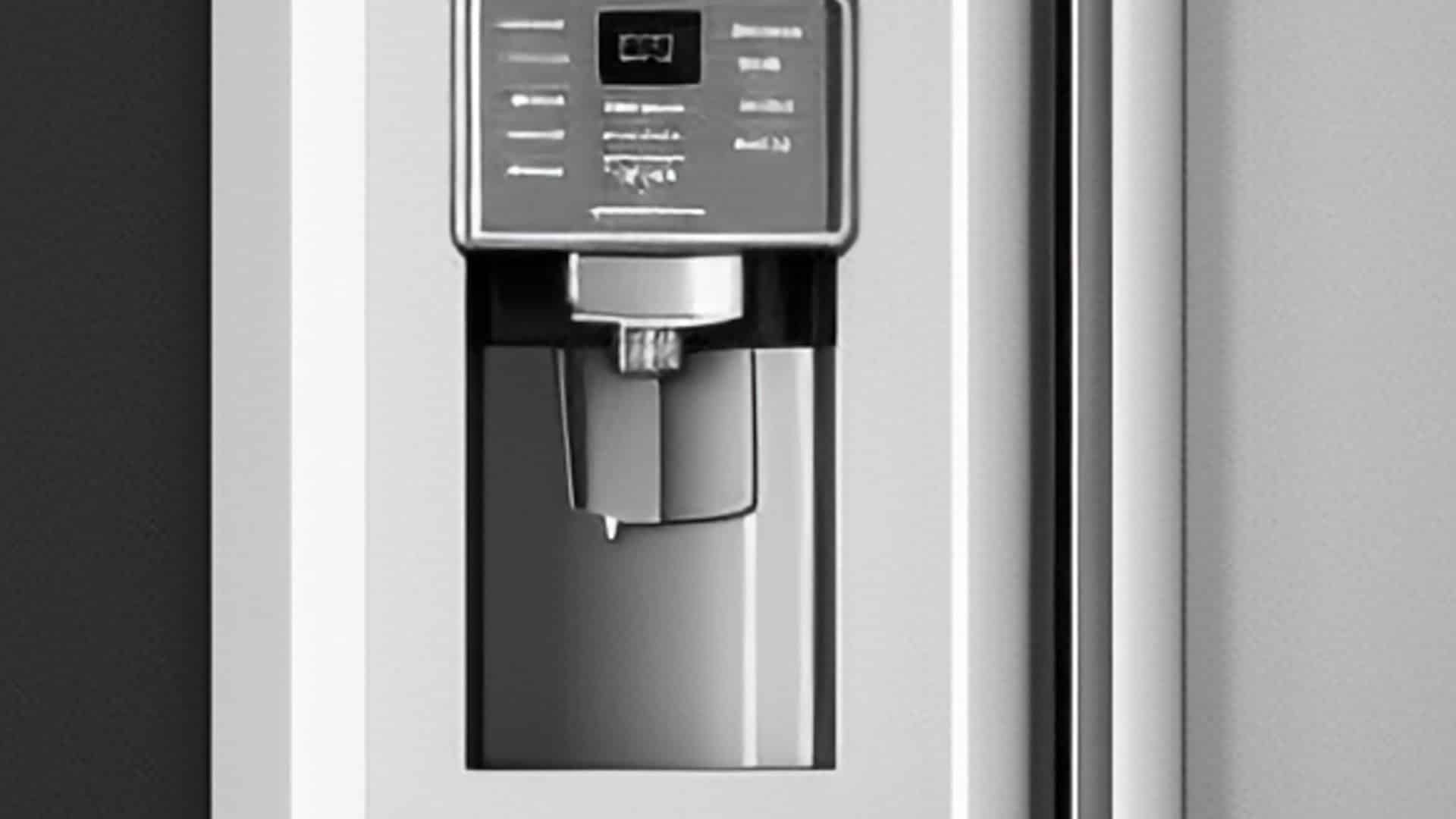
Why Is Your LG Refrigerator Not Cooling? (9 Common Reasons)
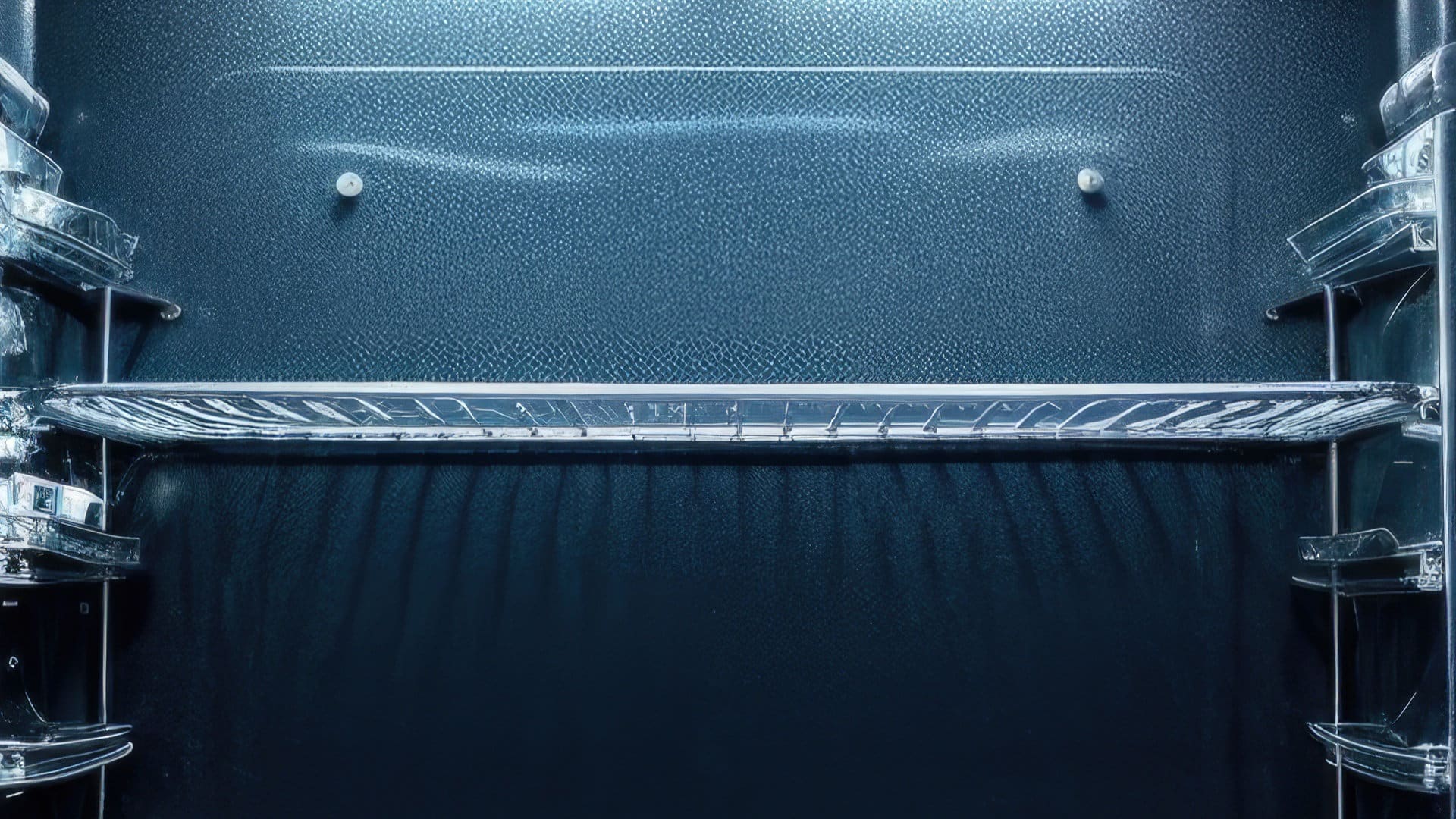
GE Oven F2 Error: Causes & Solutions
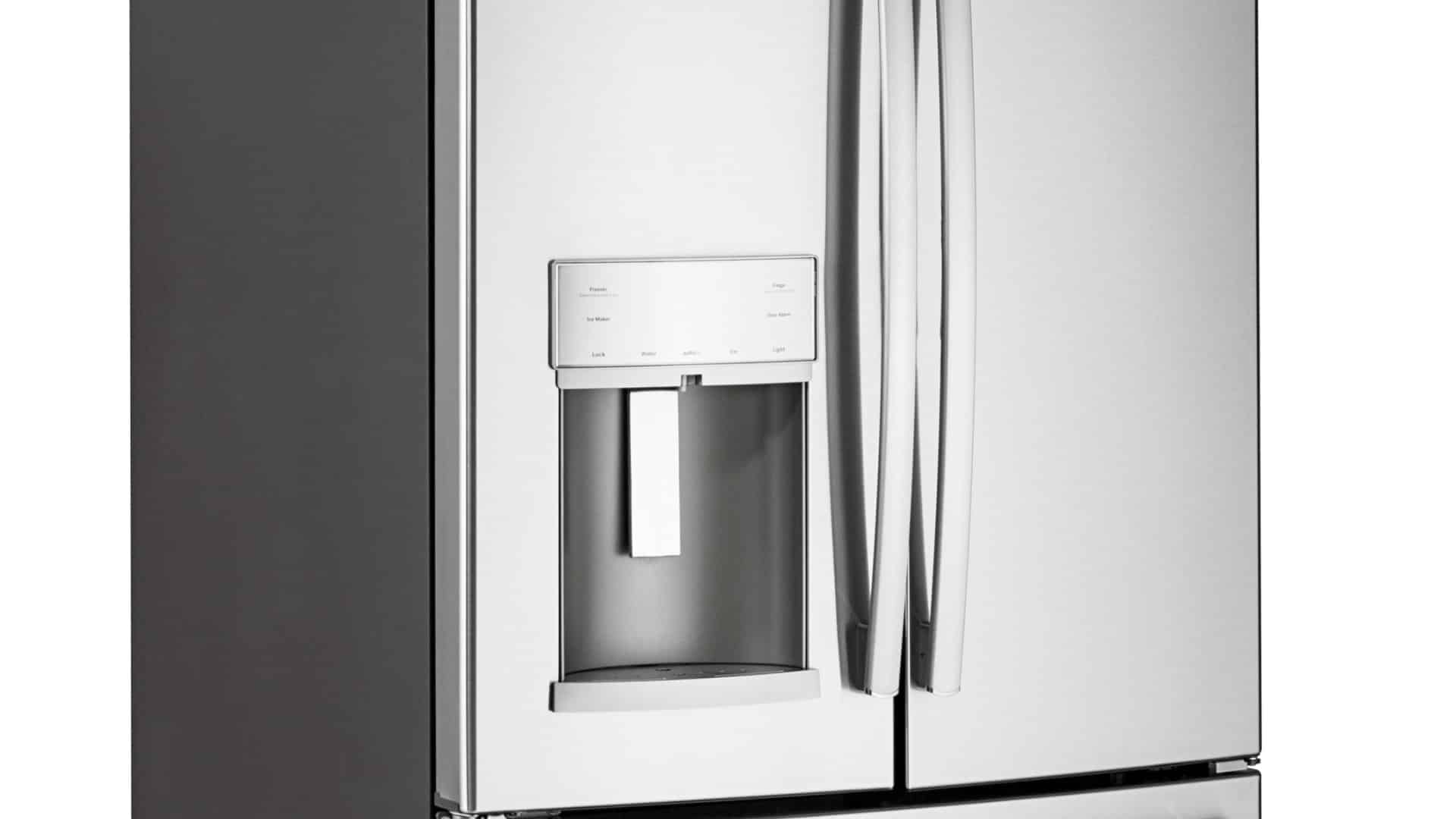
How to Reset the Water Filter Light on a Samsung Refrigerator
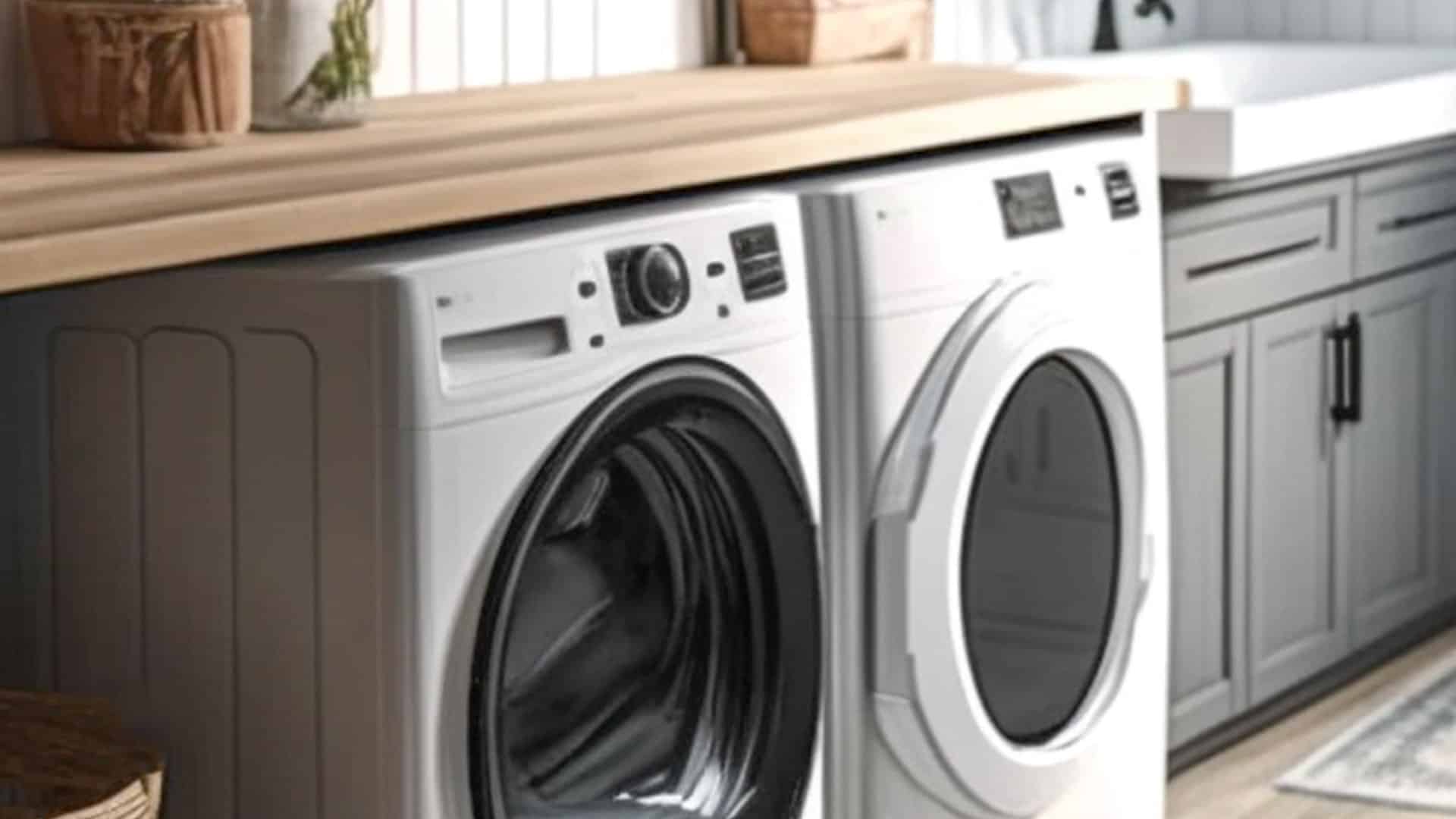
Maytag Washer Showing F5 Error Code? Here’s What To Do
